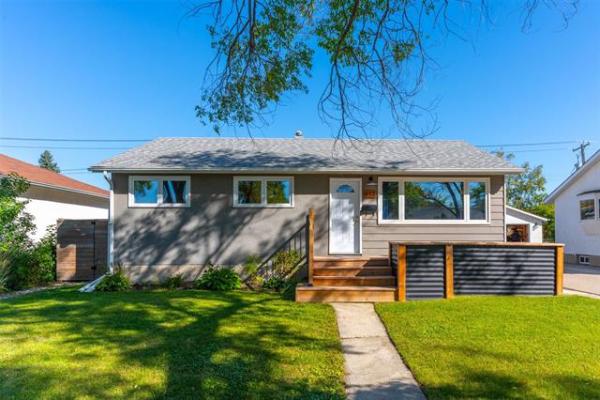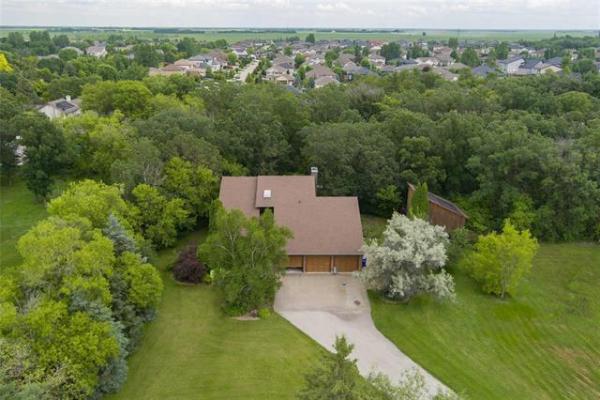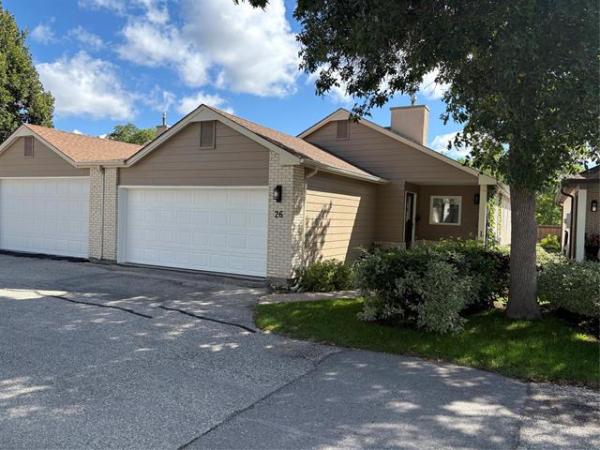QUESTION: I have noticed in my mother's house I can see shadows of the wall studs, but only on the exterior walls. The house is a 1,000-square-foot bungalow built in 1955. You see dark shadows where the wall studs go up and down and also the 2x4s along the wall and ceiling. I tried to clean them with TSP and water but no success, unless I should make the mixture stronger.
Your input is much appreciated. Enzo Diubaldo
ANSWER: Your question struck a cord with me as I observed this same phenomenon in a home I inspected just the other day. In that home, it was quite pronounced but it appeared the walls and ceilings had not been painted for a long time. The true explanation for this can be quite lengthy and scientific, but the root of the problem may be easy to solve.
What you're seeing in the shadows on the ceilings and walls in your mom's home is primarily caused by small particles in the air plating out on the interior of the walls and ceilings. These particles may be common dust and dirt, but are often soot associated with fireplaces, candles or cigarette smoke.
The simple explanation for why they are only visible in certain areas is because these locations are cooler than the surrounding areas, and that's due to a phenomenon known as "thermal bridging."
Thermal bridging occurs when heat is transferred through a solid material, rather than through air or liquid. This typically occurs in buildings through exterior walls and ceilings because of the nature of the construction.
Most homes have a reasonable amount of thermal insulation in the walls and attic, which has the capacity to trap large amounts of air. The air actually provides much of the insulation, partly by preventing thermal bridging between the cold air outside the home and the warmer interior.
Any solid material that does not have this air-trapping ability may allow significant heat conduction and cause thermal bridging between the warm interior house air and the cold exterior air. Where this normally occurs in buildings is at the wall and ceiling framing and the metal fasteners holding the sheathing to the framing. That's why you are observing this phenomenon on the inside of the wall studs and ceiling joists.
Because homes of this age are constructed with 2x4 exterior walls, and likely the same-sized ceiling joists, there's more chance of thermal bridging than with newer homes built with 2x6 exterior walls. The relatively thin wall and ceiling framing may also have limited or poor-quality insulation surrounding it, increasing the chances of heat loss through these areas.
Adding more insulation to the attic can prevent a reoccurrence on the ceilings. Installing more insulation between the ceiling joists and over top of the framing should prevent major heat loss through these members.
The exterior walls, on the other hand, may be more difficult to remedy. Installing additional insulation on the inside or outside of the exterior walls will have the same effect as increased attic insulation, but will require significantly more work. Removal of the old plaster on the inside of the walls or the siding on the exterior of the walls be required.
You will also have to fir out the window and door jambs to accommodate the newly installed insulation. While this will make the home more comfortable in the winter and reduce heating costs, it may not be cost-effective unless the siding on the outside of the home is deteriorated and in need of upgrading.
Now, about the particles that are causing the actual "shadows." While this can occur in any older home, it's normally only prevalent where there is a source of smoke to increase the effect. The majority of these homes will have a fireplace or wood stove in proximity to the affected rooms. Others will have homeowners who are longtime smokers, obvious from the lingering odour and stains in other areas.
Burning a lot of candles will also produce large amounts of particulate matter that becomes airborne. While these particles are primarily invisible while the candles are lit, they can plate out. That was my conclusion at the home I recently examined, as there was no fireplace or evidence of smokers.
The reason for smoke particles to collect only on certain cold areas, rather than the entire wall and ceiling surfaces, likely has a complex scientific explanation. The best theory I have read has to do with different speeds of sub-atomic particles within the smoke. As the smoke cools, these fast-moving particles slow considerably. They are then attracted to the cooler sections of the walls and ceilings where they further slow down and plate out, while the faster-moving air molecules continue to circulate. My own observation that the shadows only occur homes with a smoke-producing factor seems to bear out this omplex theory.
Since you have been unsuccessful in cleaning the stains from your mother's home, sealing them with a special primer followed by a good-quality paint will make them unnoticeable. If you want to prevent a reoccurrence, increasing the insulation in the walls and ceilings should do the trick. Even if that is not practical, limiting any source of significant smoke particles will keep the shadows from returning.
Ari Marantz is the owner of Trained Eye Home Inspection Ltd. and the President of the Canadian Association of Home & Property Inspectors -- Manitoba (www.cahpi.mb.ca). Questions can be emailed to the address below. Ari can be reached at (204) 291-5358 or check out his website at www.trainedeye.ca .
trainedeye@iname.com



